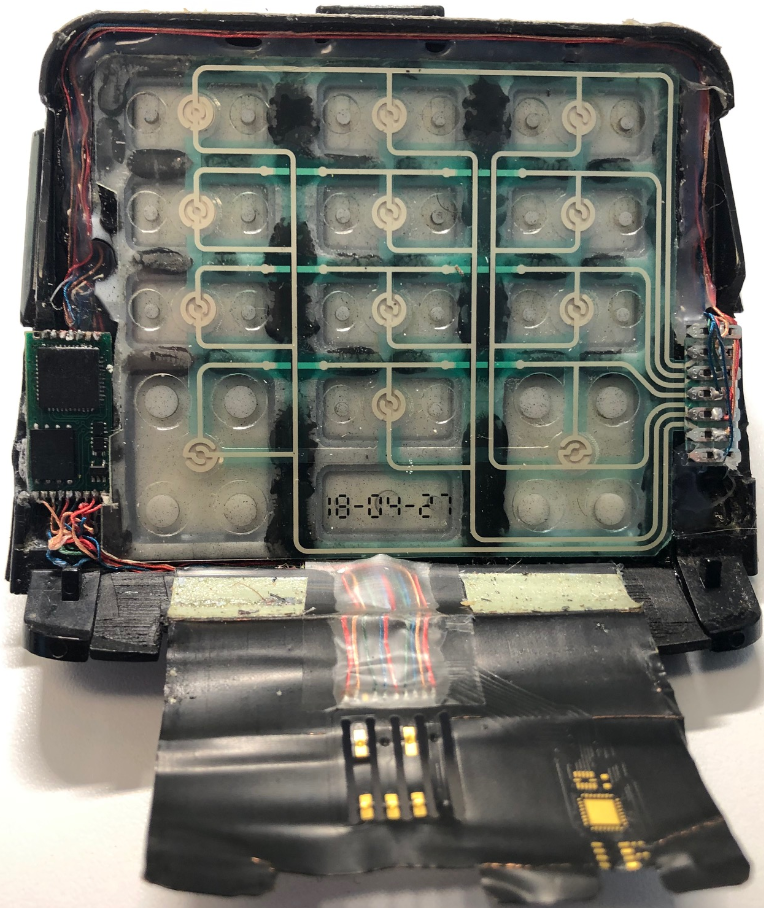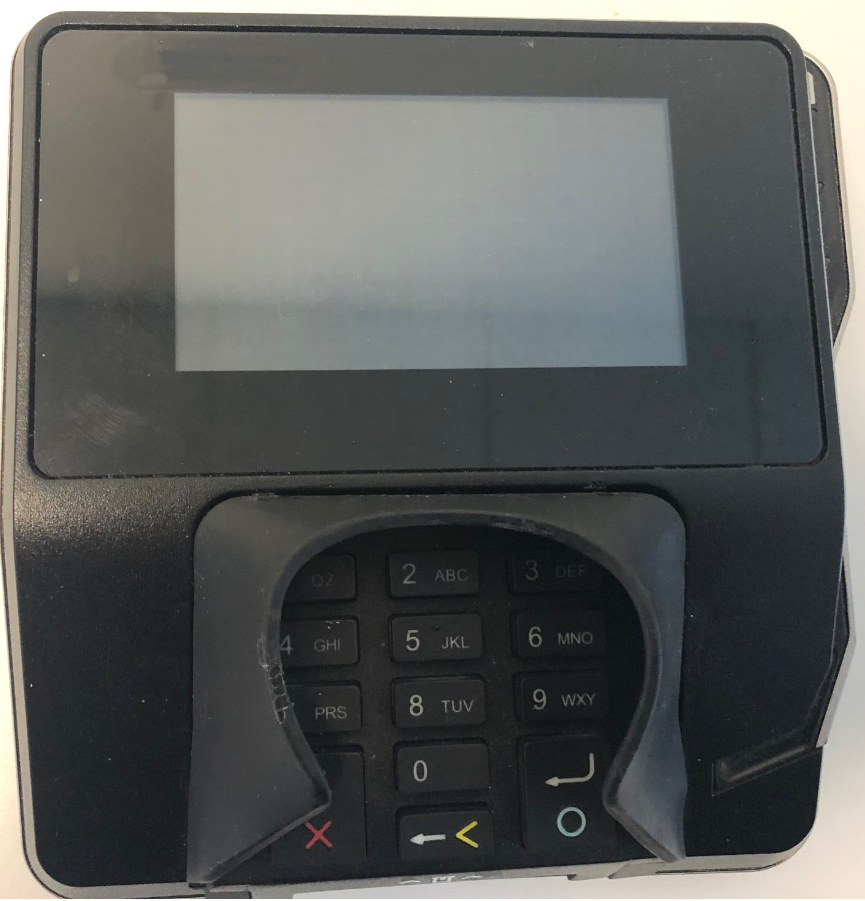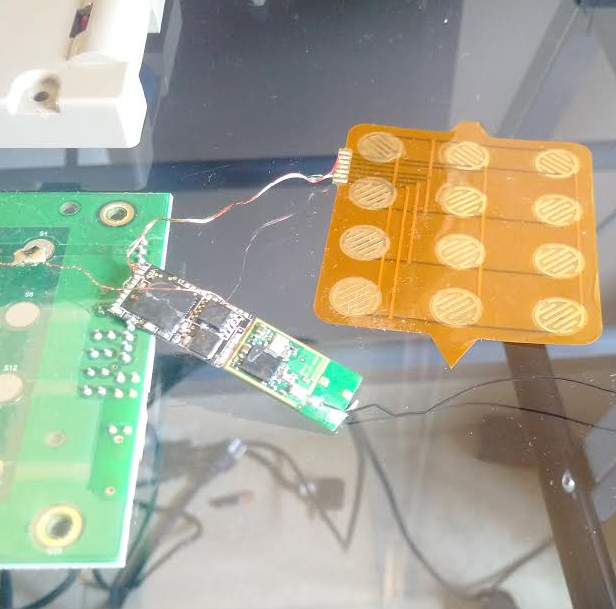Quill, the messaging app backed by Index, quietly comes out of stealth to take on Slack
Slack took the workplace communications landscape by storm after it launched its integration-friendly, GIF-tastic chat platform in 2013. Within the space of a decade it entered into the pantheon of Big Tech: First with massive growth and usage, then a series of giant VC rounds and valuations, spawning controversial competition from incumbents, followed by a public listing and ultimately a $27.7 billion acquisition by Salesforce. Now that the cycle is complete, the decks are clear for a Slack disruptor!
Today, a new app quietly launched out of stealth called Quill, available by way of apps for the web, MacOS, Windows, Linux, Android and iOS.
Like Slack, Quill is a messaging app for co-workers to update each other on what they are doing, have conversations about projects and more. It is (also like Slack) priced as a freemium service, with a $15 per user, per month tier giving users more message history and storage. An enterprise tier is also on the cards.
Unlike Slack — the implication seems to be — the difference is that Quill is about delivering messaging in a nondistracting way that doesn’t take up too much of your time, your concentration and your energy. Quill bills itself as “messaging for people that focus.”
So while you get a lot of the same features you have in Slack for chatting with workers, creating channels, integrating other apps, and having video and voice conversations — one of my colleagues quipped, “It looks like Slack, but more colorful!” — it also includes a bunch of features that put the focus on, well, focus.
“We grew exhausted having to skim thousands of messages every day to keep up, so we built a way to chat that’s even better than how we already communicate in person,” Quill notes on its website. “A more deliberate way to chat. That’s what Quill is all about.”
For example, “structured channels” let you enforce threads in a channel for different conversations rather than view chatter in a waterfall. Automatic sorting in the app moves up active conversations you’re in above others. Limitations on notifications mean you can have more nuance in what ultimately might end up distracting you. For example, senders can alter a setting (with a !!) to notify you if something is critical and needs to ping you. Video chats come automatically with a sidebar to continue texting, too.

Then, you get separate channels for social and nonwork chat; and a series of features that let you manipulate conversations after they’ve already started: You can recast conversations into threads after they’ve already started and you have a fast way to reply to messages. There is an easier and more obvious way to pin important things to the tops of channels; and in addition to creating new threads after a conversation starts, you can also move messages from one channel or thread to another.
You can also interact with Quill chats using SMS and email, and like Slack, it offers the ability to integrate other app notifications into the process.
It’s also working on adding a Clubhouse-like feature for voice channels, end-to-end encryption, context-based search (it already has keyword search), and user profiles.
Managing “high load”
The app has been in stealth mode for nearly three years, and while some projects might never go noticed in that time, this one is a little different because of the pedigree and the context.
For starters, Quill was founded by the former creative director of Stripe, Ludwig Pettersson, who was given a lot of the credit for the simplicity and focus of the payment company’s flagship product and platform (simplicity that became the hallmark of the service and helped it balloon into a commerce behemoth).
His involvement signaled that the effort might get at least a little attention. In a landscape that seemed to be all but dominated by Slack and a few huge, well-funded rivals in the form of Microsoft and Facebook, it’s notable that when Quill was just an idea, it had already picked up $2 million in seed funding from Sam Altman (at the time the head of Y Combinator) and General Catalyst.
Following that it raised a Series A of $12.5 million led by Sarah Cannon of Index Ventures, totaling some $14.5 million in funding in all. The Series A valued the company at $62.5 million, as we reported at the time.
Added to this is the story behind Quill and what brought Pettersson and others on his team to the idea of building it. From what we understand, the idea in its earliest inception was to capture something of the magic of communication that you get from messaging apps, and specifically from workplace communication tools like Slack, but without the distraction and resulting frustration that often come along with them.
By 2018, Slack was already a big product, valued at over $7 billion and attracting millions of users. But there was also a growing number of people criticizing it for being the opposite of productive. “It’s hard to track everything that’s going on in Slack, it can be distracting. Given the network effect, Slack has become powerful, but it was not designed as a high-load system,” Sam Altman, the investor and former head of both Y Combinator and OpenAI, said to me back in 2018 when I asked him what he knew about Quill after I first got wind of it.
He said he was “super impressed” by Ludwig’s work at Stripe, and then OpenAI (where he stayed for a year after leaving Stripe), so much so that when Ludwig suggested building “a better version of Slack,” it seemed like a “credible idea” and one worth backing even without a product yet to be built.
It’s quite fitting that for an app focused on focus, Quill launched today quietly and without much fanfare: Why worry about PR distraction when you can just get something out there?
In any case, we’re hoping to hear more and see what kind of momentum it picks up. We’ve asked Index if we can talk to Sarah Cannon about the investment, and we are still waiting to hear back. We are also trying to see if we can talk to Pettersson. But I should mention we have been trying to talk to him since first getting wind of this app back in August of 2018, so we’re not holding our breath (nor this story).
![]()



















